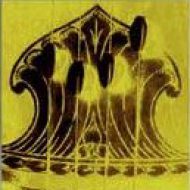Ethnomusicology can be considered as the holistic and cultural study of music existing in various folk, tribal and other ethnic societies. Details Ethnomusicology can be considered as the holistic and cultural study of music existing in various folk, tribal and other ethnic societies. The discipline ethnomusicology deals with the study of music from a social …
Continue reading “Indian music studied from a social and intercultural perspective”
